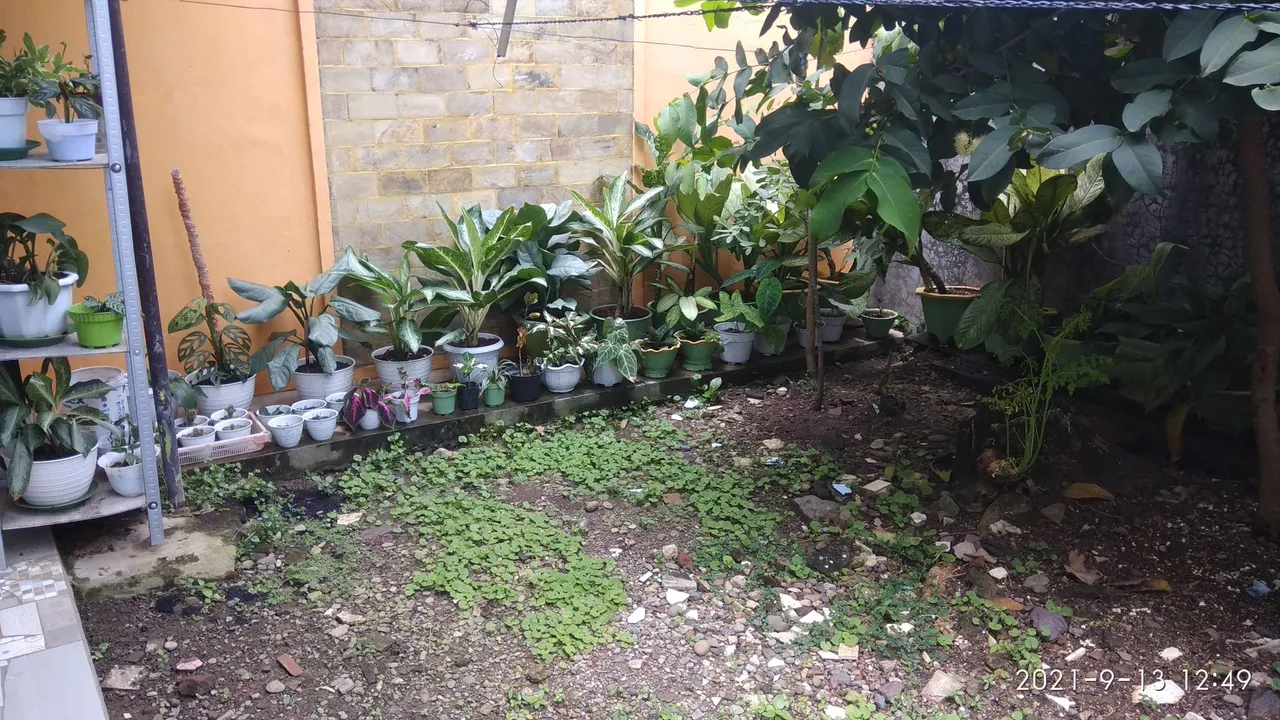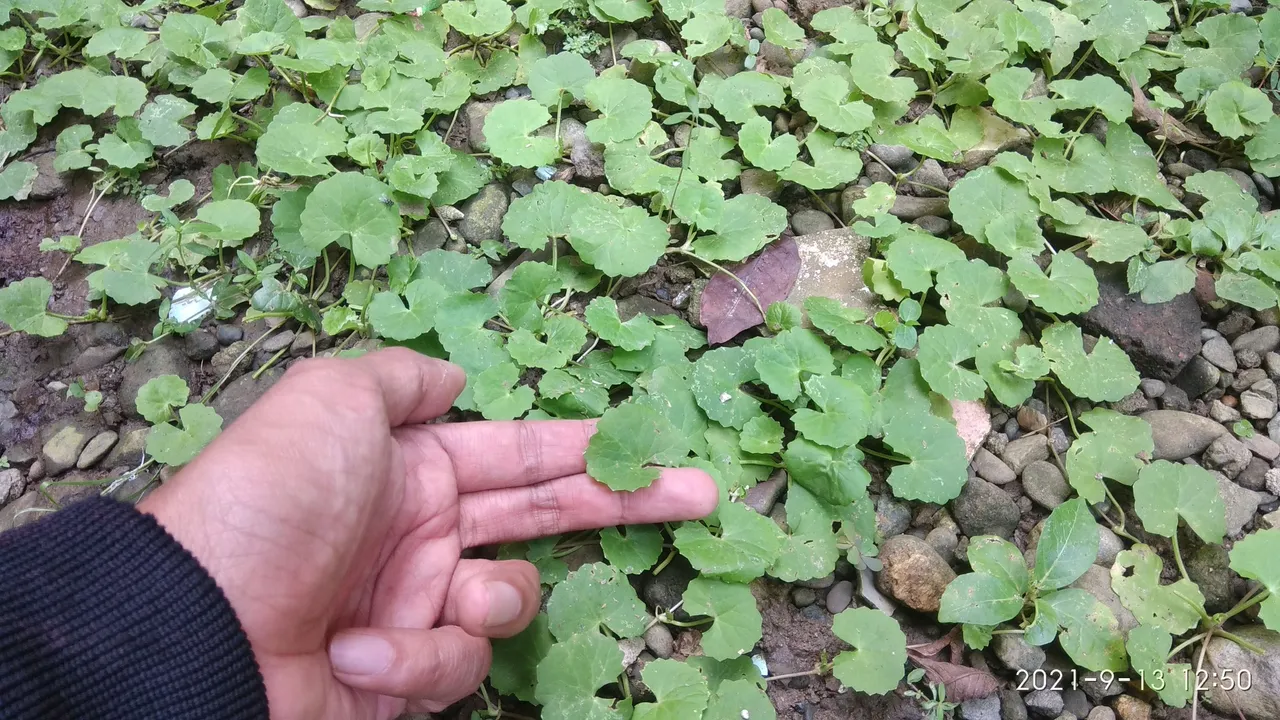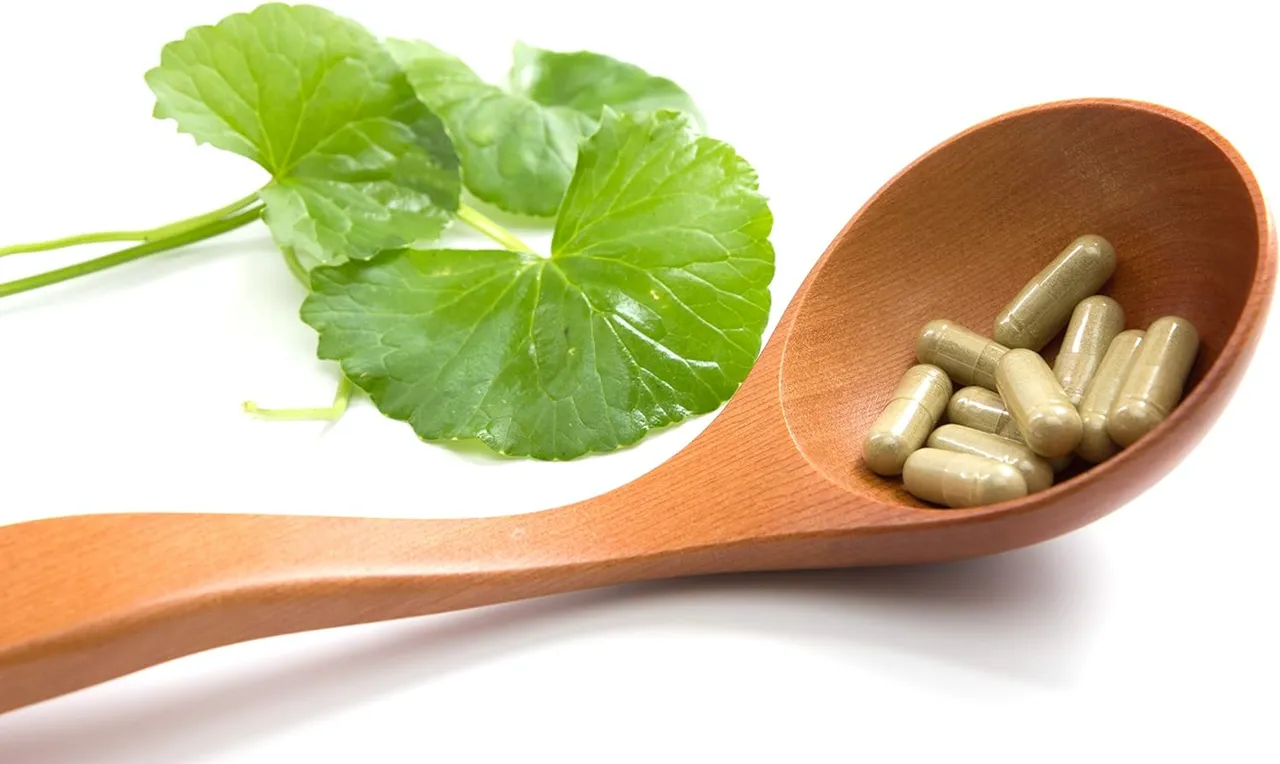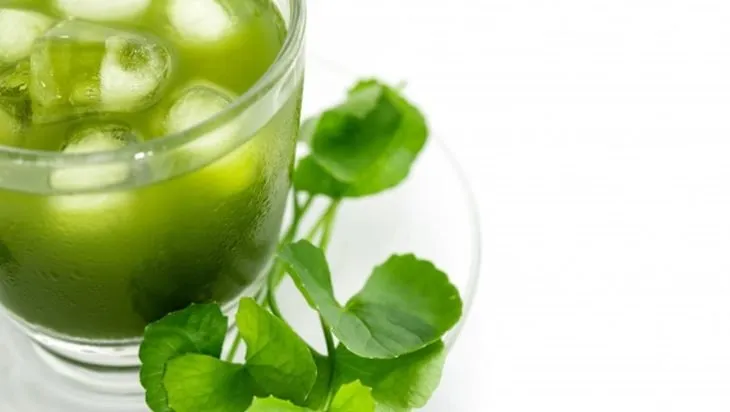
Home is the most comfortable place for everyone. But not everyone is lucky to have a yard at home that can be planted with medicinal plants. If you have a small yard, the option of growing medicinal plants can be done in a growing container. But if you have a large yard and many plants grow there, you should check what types of plants grow. Even if it just looks like wild weeds. Maybe medicinal plants growing in your yard.
In this article, I will share information about medicinal plants that accidentally grow in my yard. And I checked that this plant has many benefits. Please continue reading if you're interested in this topic! Hopefully, you've picked up some useful information.
Something that grows in my yard
My house has a modestly sized yard. Flowers of various sorts are grown in several of the corners. These beautiful plants have all had favorable effects. Our family got a new hobby as a result of the covid-19 pandemic last year. Flowers and ornamental plants are placed In planting containers.

If the flowers are lined up in the planting container, we plant medicinal plants on the ground in the yard of the house. A consideration is that medicinal plants are allowed to grow freely in the soil so that the nutrients obtained by plants come directly from the soil. There are several types of herbal plants, such as Moringa trees, and others.

Currently, the rainy season has made the yard filled with thriving grass. Plants that grow in the wild can be found growing on the ground. But there was one plant in particular that drew my attention in the yard. I was about to pulled this plant since it appeared to be a stray on the ground. It turns out that this is a multi-functional medicinal plant.

After I checked this plant, it is a medicine commonly used by our ancestors for a long time. In the local language (Indonesian), we call it Pegagan. Otherwise known as Centella Asiatica / Gotu Kola.
According to WEBMD, this plant has the following names: Asiatic Pennywort, Brahma-Buti, Brahma-Manduki, Brahmi, Bua-Bok, Centella, Centella Asiatique, Centellase, Divya, Hydrocotyle, Hydrocotyle Asiatica, Hydrocotyle Asiatique, Hydrocotyle Indien, Indischer Wassernabel, Idrocotyle, Indian Pennywort, Indian Water Navelwort, Ji Xue Cao, Khulakhudi, Luei Gong Gen, Luo De Da, Madecassol, Mandukaparni, Manduk Parani, Mandukig, Marsh Penny, TECA, TTFCA, Talepetravedko, Thick-Leavedko Pennywort, Tiger Grass, Tsubo-kusa, Tungchian, White Rot.

In addition to Pegagan, it is also called "Daun Tapak Kuda," which meaning "leaf of the horse's foot/footprint horse's leaf" in English. Because the leaves have a circular shape that resembles a horseshoe trail. Sandy soil and meadows are ideal habitats for this plant.

Why is it named the "horse tread leaf," I'm not sure. According to folklore, there used to be a meadow in certain regions where a herd of wild horses resided. Within that herd of wild horses, there must be one of the strongest horses. Our forefathers were fascinated by the horse's incredible endurance. Observe what plants are consumed on a regular basis. It was found out that the strongest horse in the group always ate vegetables that were different from the others. That horse only ate plants in the field that looked like horse tracks. The ancestors began to distinguish this plant with its medicinal leaves from horse footprints as a result of that narrative.
How great how the ancient people could know this plant has many benefits based on experience and folk remedies. But how does the medical world today talk about Pegagan/Gotu kola?
What is the outcome of the clinical test on this leaf?
Cantella Asiatica, or Pegagan, is an annual plant. This creeping plant has no stem and spreads quickly to cover the ground. The plant with only one leaf. The leaves are kidney-shaped, like a horseshoe, The leaves are kidney-shaped, like a horseshoe, and there is 2 to 10 parts leaf per plant. Pegagan is a common natural plant in our region, growing in meadows, paddy fields, and along roadsides.
In Southeast Asia, the Gotu kola plant is widespread. This plant has been used as a medicinal in China since ancient times. According to Frontiersin.org, 'Centella asiatica, also known as Centella asiatica (L.) Urb. or Gotu kola, is an herb used in traditional Chinese medicine in China and Southeast Asian countries to treat a variety of diseases. The earliest records of C. asiatica in China can be retraced back to “su wen shi” and “zheng lei ben cao” in Song Dynasty'.
This plant is very important for the people of India. It has been used as a medicine in the Ayurvedic tradition of India for thousands of years and is listed in the famous ‘Sushruta Samhita,' an old Indian medical treatise, as mandukparni or Indian pennywort or jalbrahmi1,2 What about other parts of the world? With the many benefits of this plant, its use which is also becoming popular in the West 3. This leaf extract is easily accessible thanks to the rise of traditional medicine and herbal shops in various nations.

Centella Asiatica has numerous clinically researched compounds that benefit human health. The main chemical components responsible for its pharmacological activity are triterpenes, mostly asiaticoside, asiatic acid, madecassoside, and madecassic acid. That Cantella content data is based on the study 'Therapeutic Potential of Centella Asiatica and Its Triterpenes: A Review', which found that C. Asiatica and its triterpenes were beneficial in treating a variety of illnesses. These illnesses were classified into various bodily systems.
According to the article "Pharmacological Review on Centella Asiatica: A Potential Herbal Cure-all", this plant is even considered a strong therapeutic medicine.
Clinical research has shown that the findings of clinical studies can help with a variety of internal and external illnesses, as well as the skin.
The page on this link in the 'Uses & Effectiveness' section lists all of the illnesses that Cantella Asiatica can cure. The 'Special Precautions and Warnings' and 'Side effects' sections also go into this plant in depth.
How is this leaf processed as a herbal treatment?
These leaves are commonly utilized by our local people every day as a blend of soups. It is thought to improve blood circulation and endurance. We think this leaf can boost memory for some people and keep their brains functioning. In addition to being used in meals, Gotu Kola leaves may also be made in a warm/cold water mixture. And immediately drink it.

People in our neighborhood appear to know how many leaves are added to soup in their regular meals. Maybe a little bit more or less. It doesn't matter, though. We think that ingesting Gotu kola leaves will be helpful to our health.
However, according to WebMD, the user should be done at the following dosage:
The following dosages for adults have been studied in scientific research:
- BY MOUTH:
For poor circulation that can lead to varicose veins and other conditions (venous insufficiency): 60-180 mg of gotu kola extract daily has been used. - APPLIED TO THE SKIN:
For burns: A cream containing 3% gotu kola, applied to the burns daily, has been used until the burns heal. A gauze dressing containing 5% gotu kola and 2.5% aloe vera, wrapped around the burns and changed every 3 days, has been used until the burns heal.
Important lessons that we can get.
I'd like to share my expertise and experience with the Pegagan herbal plant in this post. Plants may grow in any environment. Perhaps if there is no reference or information about medicinal plants, we will destroy and discard them. All plants must provide advantages for both people and other living creatures. We may learn about all of the benefits of these plants by reading and exchanging information. Knowing the traditional history of medicinal plants would help supplement our understanding of healthy living.
So that's all the information I have on Pegagan or Gotu Kola. I hope the information in this post is beneficial to a large number of individuals. I'm hoping that in my upcoming article, I'll be able to give information on other medicinal herbs that are often used in my country.
REFERENCES:
- Chopra RN, Nayar SL, Chopra IC. Glossary of Indian Medicinal Plants (Including the Supplement) New Delhi: Council of Scientific and Industrial Research; 1986. pp. 51–83.
- Diwan PC, Karwande I, Singh AK. Anti-anxiety profile of mandukparni Centella asiatica Linn in animals. Fitoterapia. 1991;62:255–7.
- Chevallier A. The Encyclopedia of Medicinal Plants. London: Dorling Kindersley; 1996. p. 257.


"Sourcing Your Information: A Vital Part of Ethical Blogging".
Hopefully, this time the result will be better than in my previous post.
